February 20, 2024
Astronomy Calendar 2024: Upcoming Astronomical Events You Must Not Miss

Club Mahindra


View all
140+
Resorts
February 20, 2024
Club Mahindra
In this blog, we bring you the Astronomy Calendar 2024! Everyday life has people caught up in numerous things, and one often looks up at the sky to enjoy the view. A busy schedule also makes it hard to keep track of astronomical events.
If you have missed celestial events in 2023, get ready to enjoy the upcoming 2024 astronomical events. From awe-inspiring solar and lunar eclipses to the mesmerizing dance of meteor showers lighting the night sky, there's no shortage of must-see occurrences.
Several astronomical events are scheduled for 2024 that will be worth watching. Here are some of the must-see occurrences:


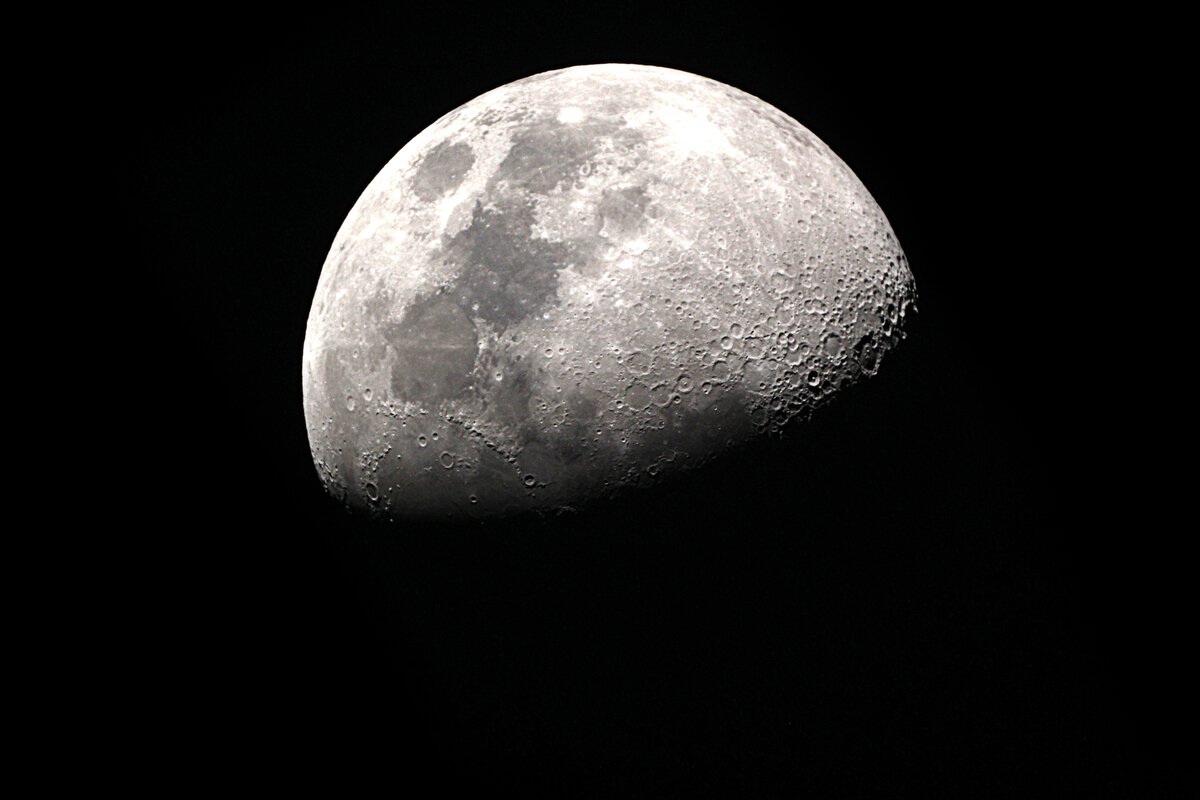
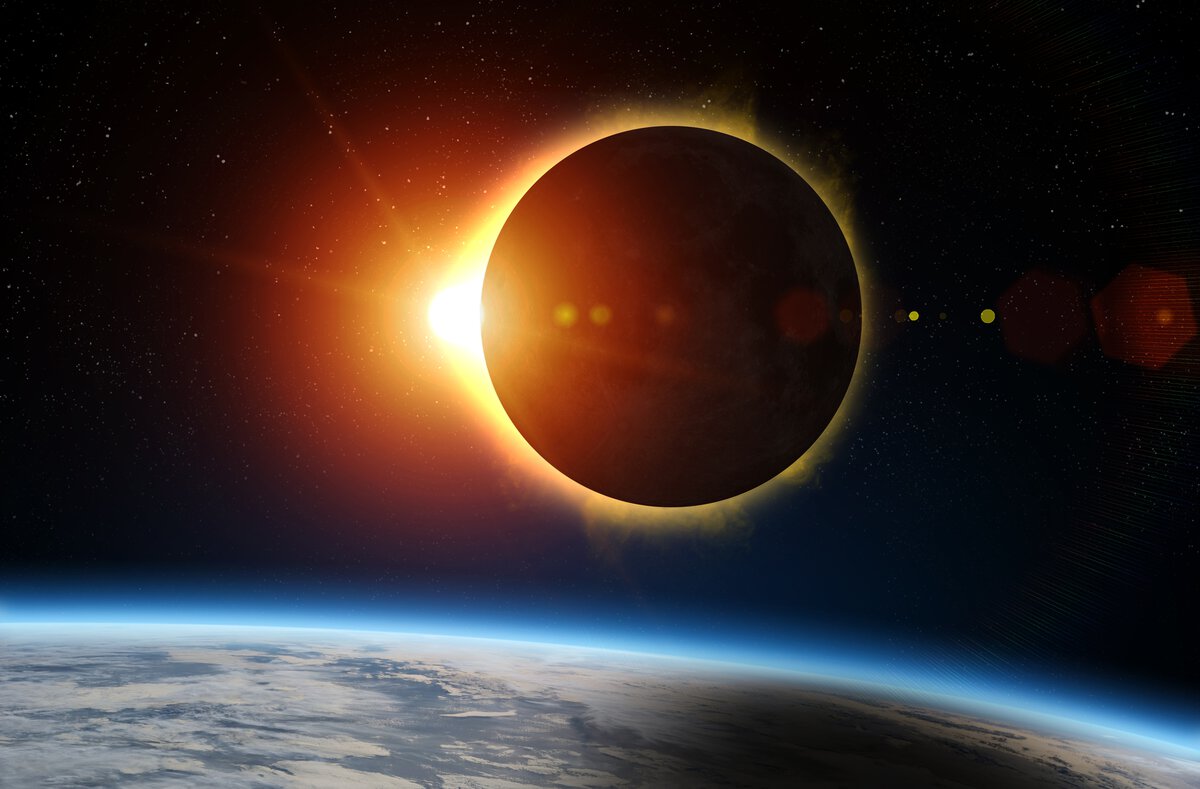
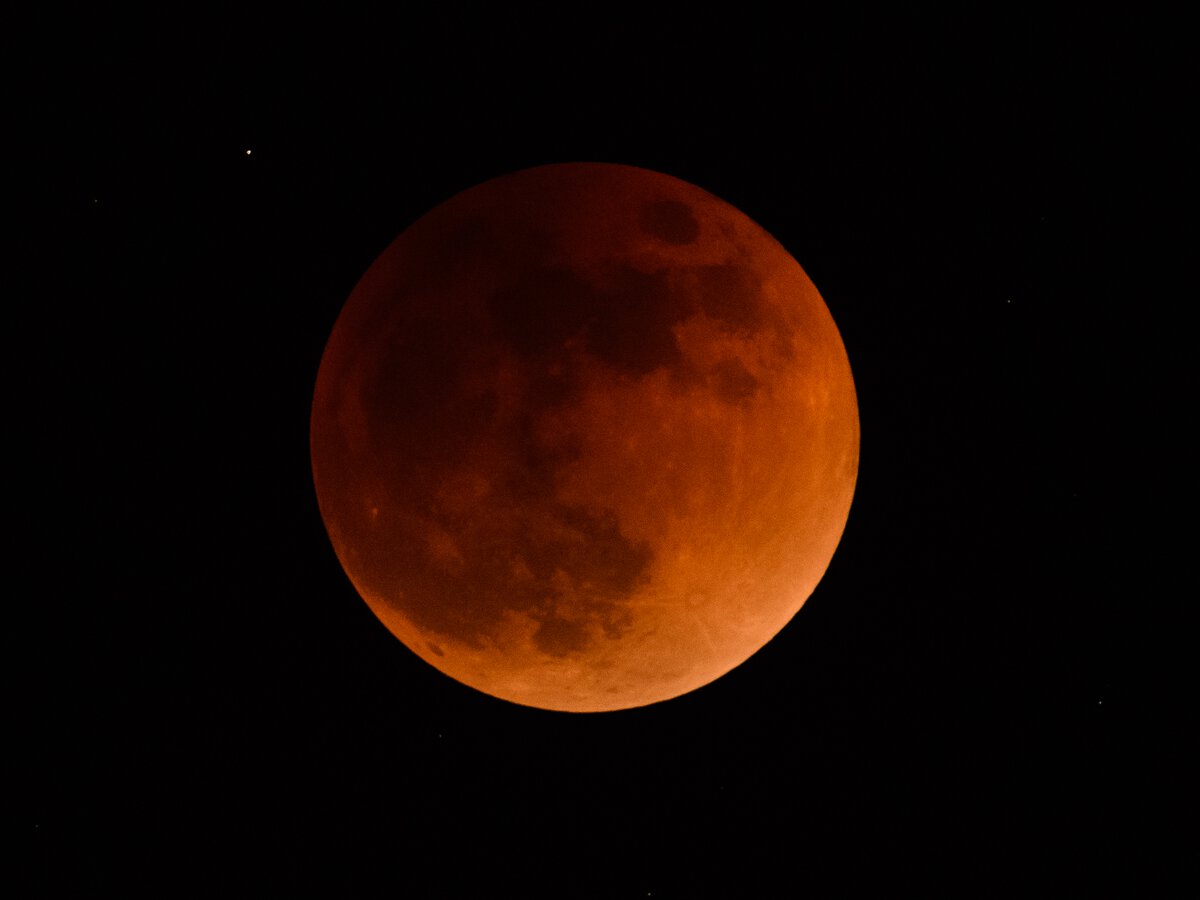
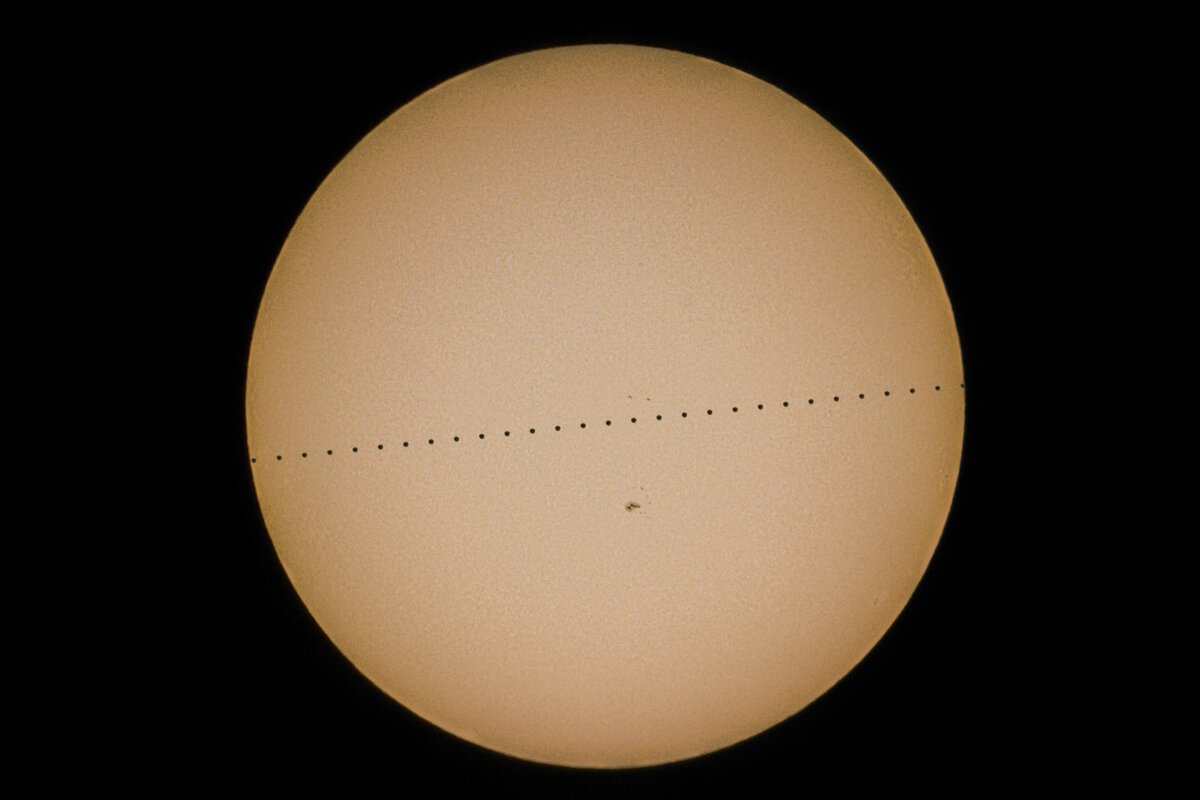
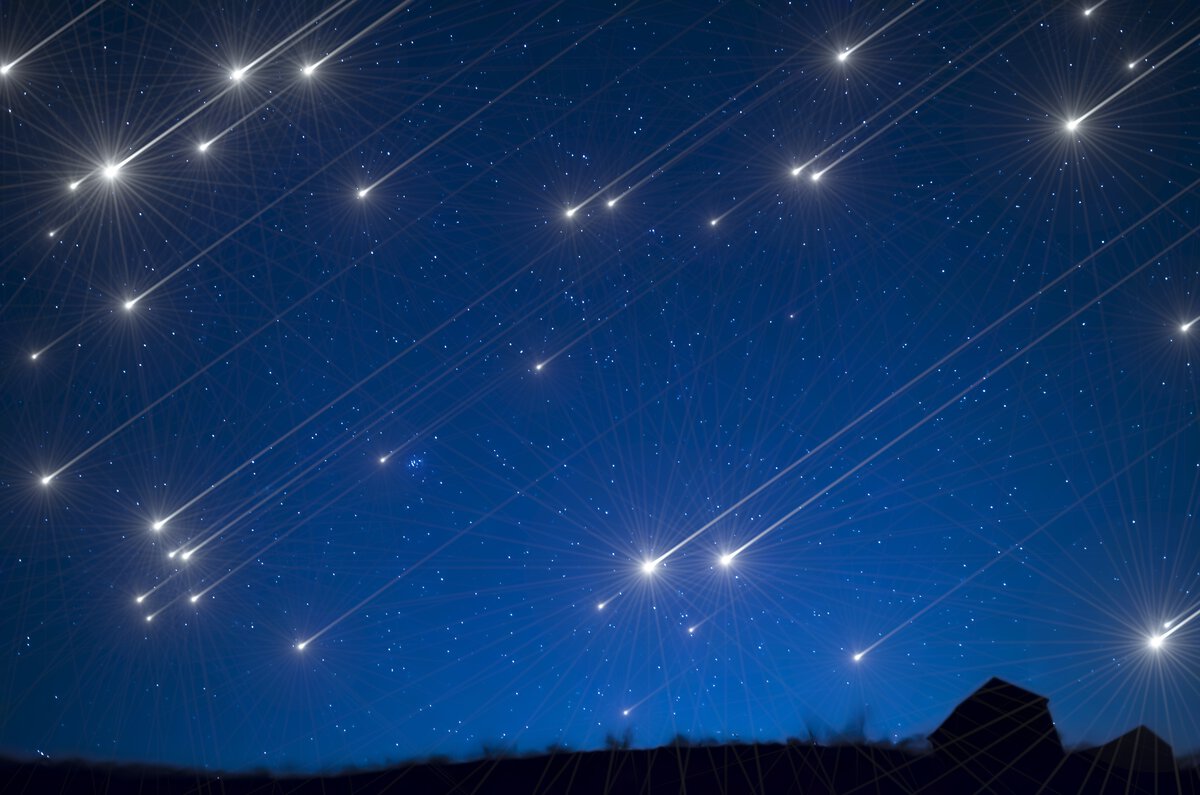
Here’s more detail on the above astronomical events.
Use the above list as your astronomy calendar for 2024. Remember to use proper eye protection when observing solar events, such as the solar eclipse and Mercury transit, as looking directly at the Sun without protection can cause permanent eye damage.
Observing astronomical events is enhanced in dark locations away from city lights. Less light pollution allows you to see celestial events more clearly.
With a Club Mahindra Membership, you can enjoy a premium stay across Europe and Asia to experience many of the above upcoming astronomical events.
Many resorts are in locations that would be perfect for the 2024 astronomy events.
Mahindra Holidays & Resorts India Ltd. (MHRIL), a part of Leisure and Hospitality sector of the Mahindra Group, offers quality family holidays primarily through vacation ownership memberships and brings to the industry values such as reliability, trust and customer satisfaction. Started in 1996, the company's flagship brand ‘Club Mahindra’, today has over 300,000 members , who can holiday at 140+ resorts in India and abroad.
We use cookies to personalise content and to provide you with an improved user experience.By Continuing to browse this site you consent to the use of cookies.Please visit our cookie policy for further details.

Welcome to ClubMahindra.com In order to provide a personalised experience for you, we use cookies to enable some website functionality. Cookies help us see which articles most interest you; allow you to easily share articles on social media channels; permit us to deliver content personalised to your interests and locations; along with many other site benefits. For more information, please review our Cookie Policy
When you visit any website, it may store or retrieve information on your browser, mostly in the form of cookies. This information might be about you, your preferences or your device and is mostly used to make the site work as you expect it to. The information does not usually directly identify you, but it can give you a more personalized web experience. Because we respect your right to privacy, you can choose not to allow some types of cookies. Click on the different category headings to find out more and change our default settings. However, blocking some types of cookies may impact your experience of the site and the services we are able to offer.
Because we respect your right to privacy, you can choose not to allow some types of cookies and you have the right to withdraw your consent by send a mail to email id [email protected]
These cookies are essential in order to enable you to move around the site and use its features, such as accessing secure areas of the site. Without these cookies, services you have asked for cannot be provided.
These cookies allow us to employ data analytics so we can measure and improve the performance of our site and provide more relevant content to you. These cookies don't collect information that identifies a visitor down to an individual level that is available to us. These cookies are not passing personally identifiable information to any external third party other than in limited cases when we engage a service provider to act on our behalf but who is then unable to use the data for their own purposes.
Performance cookies are generally third-party cookies from vendors we work with or who work on our behalf that collect information about your visit and use of the Club Mahindra website, for instance which pages you visit the most often, and if you get error messages from web pages. These cookies don't collect information that identifies a visitor. All information these cookies collect is anonymous and is only used to improve your overall experience on how the website works. Third party vendors may have access to this data and may use it to improve their overall services and offerings.
Functionality cookies allow a site to remember choices you make (such as your user name, language or the region you are in) and provide more enhanced, personal features. These cookies cannot track your browsing activity on other websites. They don't gather any information about you that could be used for advertising or remembering where you've been on the Internet outside our site.
Third-party advertising and social media cookies are used to (1) deliver advertisements more relevant to you and your interests; (2) limit the number of times you see an advertisement; (3) help measure the effectiveness of the advertising campaign; and (4) understand people's behaviour after they view an advertisement. They are usually placed on behalf of advertising networks with the site operator's permission. They remember that you have visited a site and quite often they will be linked to site functionality provided by the other organization. This may impact the content and messages you see on other websites you visit. If you do not allow these cookies you may not be able to use or see certain these sharing tools content on our website.